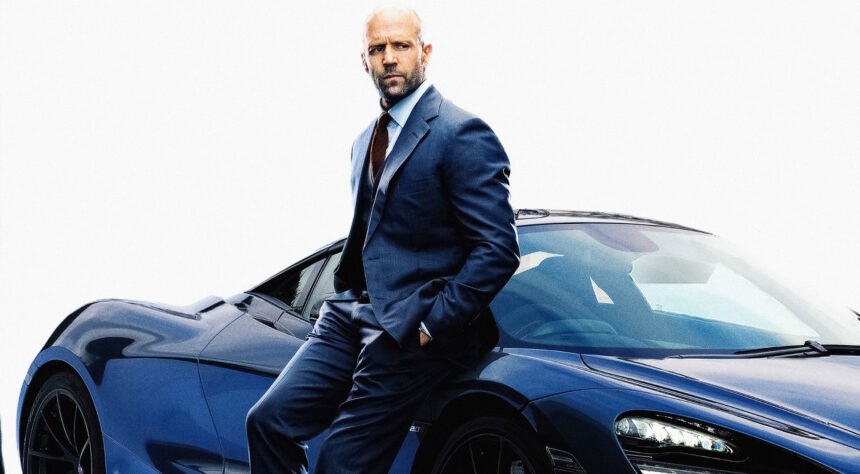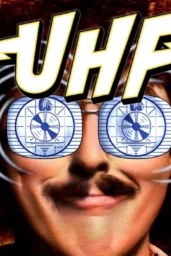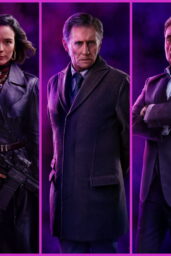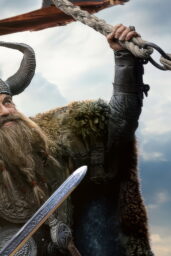He Wasn't There at the Start. And That's the Point.
Imagine an alternate reality where Jason Statham joined Fast & Furious 6—not as a mid-credit shocker, but as the central villain from the jump. Sounds thrilling, right? High-octane punches, bald badassery, and that signature squint. But let's pump the brakes.
Because the truth is, his absence was more powerful than his presence.
Like a ghost in the NOS-fueled machine, Statham's absence throughout most of Fast & Furious 6 allowed the story to breathe—and let Owen Shaw (Luke Evans) take center stage. Then, boom. That post-credit scene? A cinematic sucker punch. Han dead. Shaw revealed. Cue fan chaos.
The genius of that move? It didn't just set up Furious 7—it elevated it.
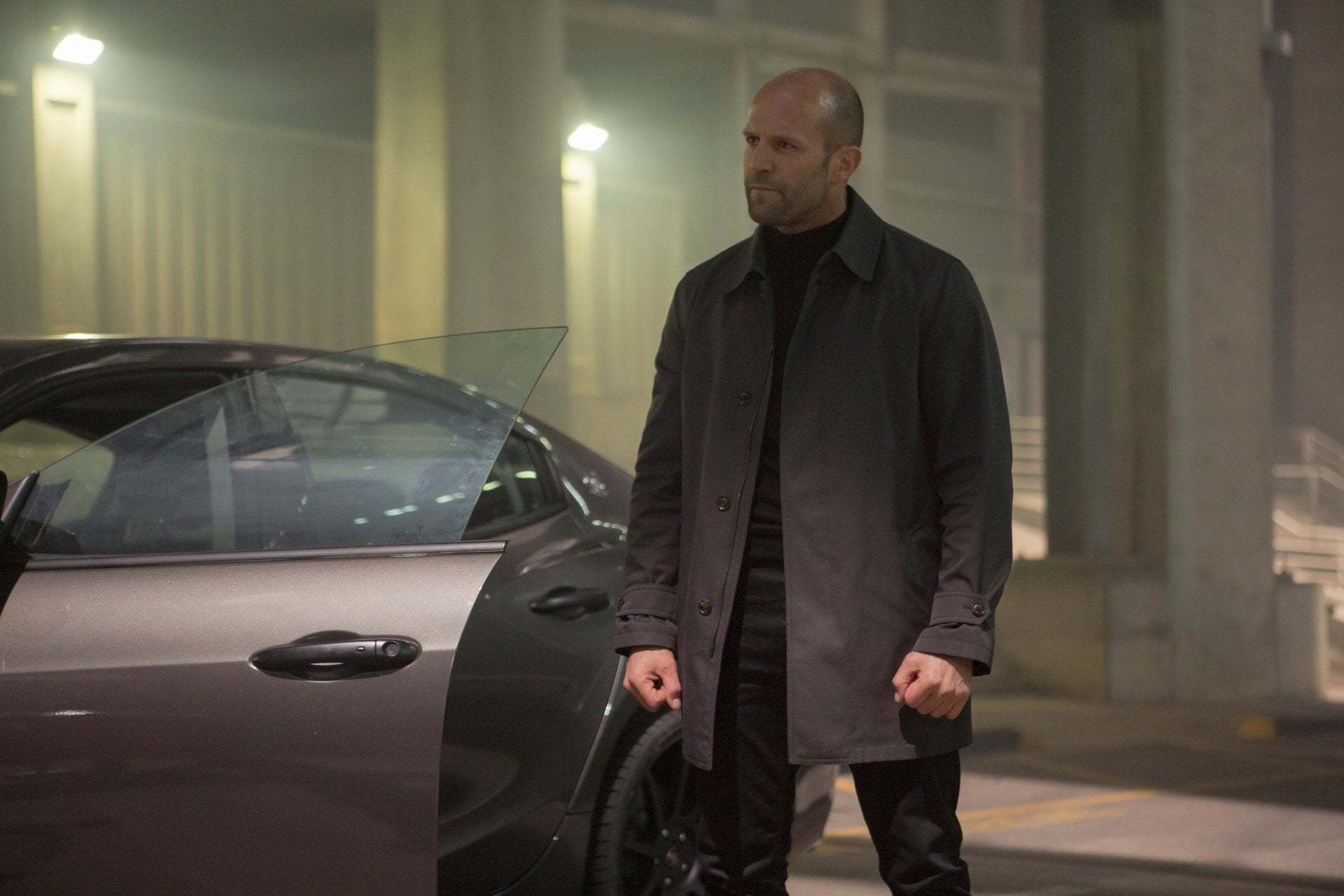
The Power of the Perfect Entrance
You know that feeling when a surprise guest shows up at the party and suddenly the energy shifts? That was Statham in the Fast universe.
His Deckard Shaw wasn't just another antagonist. He was personal. He came out swinging—literally—in Furious 7, opening the film with a trail of hospital-smashing carnage that redefined what “introduction” means.
And it wasn't by accident.
In a 2019 interview with CinemaBlend, Statham himself spilled the NOS on why he didn't appear earlier:
“We had conversations even before Fast & Furious 6… the creative [choice] wasn't right for me, so they put me on at the end and here we are.”
Translation? The franchise played the long game—and it paid off.
Let's Talk Villainy: Big, Loud, and Intimate
Deckard Shaw wasn't your average megalomaniac with a missile fetish. He was brutal, calculated, and—most importantly—motivated. His brother had been hurt. He wanted revenge. Simple. Relatable. Terrifying.
And it was a masterclass in escalation.
Because while Fast 6 flirted with international terrorism, Furious 7 felt personal. And audiences felt that shift. Statham didn't just up the stakes—he flipped the whole damn poker table.
What If He Came Sooner? Why Timing Was Everything
Let's get hypothetical.
Had Statham been cast in Fast & Furious 6, he likely would've replaced Luke Evans as Owen Shaw. Sounds flashy, but here's the twist: it would've diluted his impact.
Think about it—Statham's charisma is a double-edged wrench. Use it too early, and you risk burning too bright. By saving him for the post-credit scene and then letting him rip through Furious 7, the franchise let the legend build.
It's like saving your best card for the final hand. When he dropped, it wasn't just exciting—it was inevitable.
Redemption Arc or Revisionist Nonsense? Let's Debate
Now, let's not pretend everything was NOS and roses. Fans were pissed that Shaw—Han's killer—got welcomed into the family faster than you can say “quarter-mile.”
And for good reason.
But here's the thing: F9 quickly played clean-up, revealing that Han faked his death (classic Fast move). Suddenly, Shaw wasn't quite the villain we thought. That's not retcon—it's retune. A gearshift that kept the machine running.
Still, it begs the question: Are we too quick to forgive in the name of spectacle?
Why Statham Saved More Than Just a Franchise
Let's zoom out.
When Statham joined the series, Fast & Furious was already evolving. From street-racing drama to globe-trotting action franchise. But it lacked something—grit. And Statham brought it in spades.
He grounded the madness. Humanized the chaos. Reminded us that even in a world of submarines and space-Cars™, the fight can still feel real.
And he proved something else: that even the wildest franchise can pivot—with the right wheelman behind the scenes.
Would You Risk It All for Perfect Timing?
So here's the final gear grind:
Jason Statham didn't miss the Fast & Furious franchise. He waited. And when he finally joined, he changed its trajectory forever. Timing, as they say, is everything.
Would you have done it differently? Or was this the boldest narrative gamble the series ever pulled off?
Drop your thoughts in the comments—because the NOS is still flowing.

